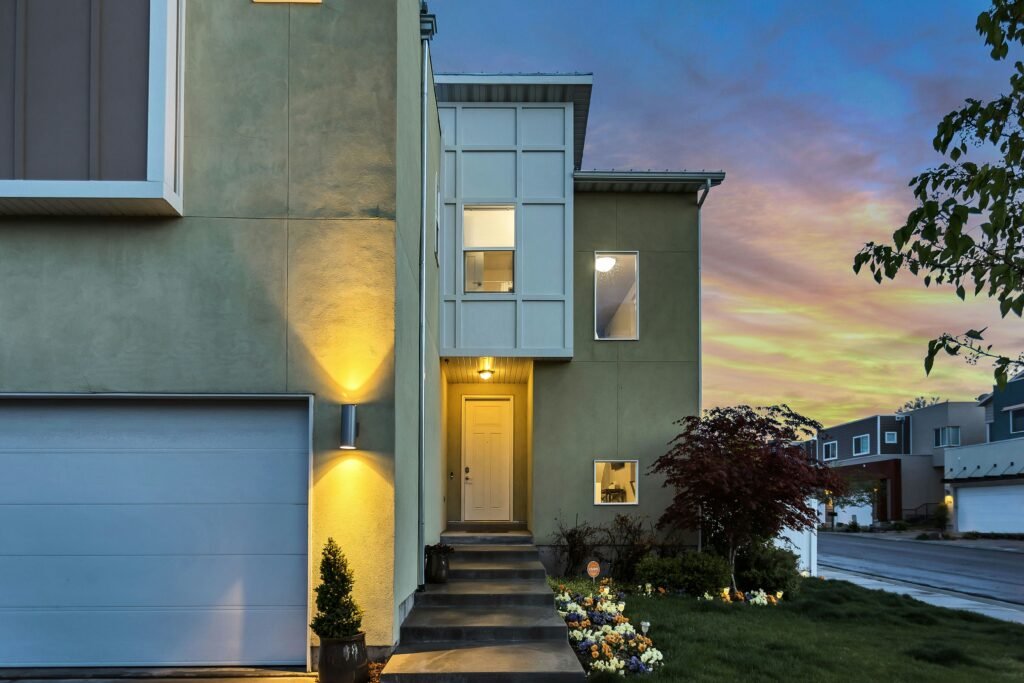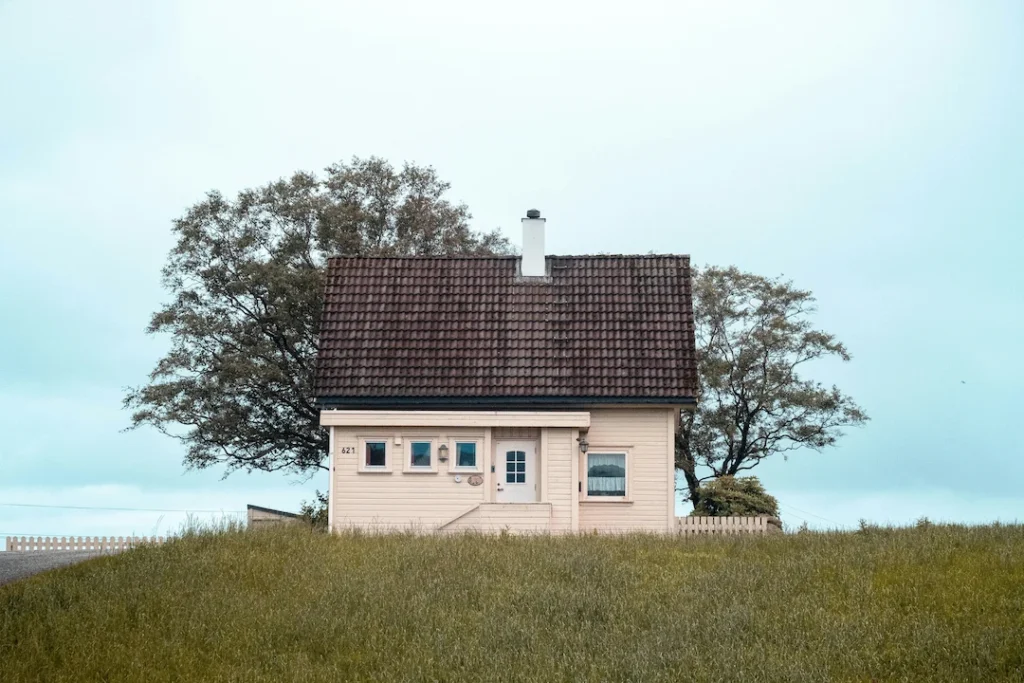Why Material Choice Matters in Modular Construction
Modular construction is revolutionizing the building industry with its speed, precision, and sustainability. But the performance of any modular structure hinges on one critical factor: the materials. Unlike conventional on-site construction, modular buildings demand materials that meet not only structural requirements but also transportation, installation, and long-term performance under controlled fabrication conditions. When guided by Passive House standards, the material selection becomes even more rigorous, focusing on energy efficiency, airtightness, and environmental responsibility.
Modular buildings offer the perfect canvas for Passive House principles. With factory-controlled environments, it’s easier to implement high-performance insulation, eliminate thermal bridges, and achieve extreme airtightness. But this requires selecting the right materials—from core structural systems to insulation and vapor control layers.
Core Structural Materials for Modular Builds
Cross-Laminated Timber (CLT): Sustainability Meets Strength
CLT is emerging as a leading material in sustainable modular construction. Made by stacking layers of wood at perpendicular angles and gluing them together, CLT offers high strength-to-weight ratios, low embodied carbon, and excellent thermal performance. Its precision in factory fabrication supports airtight design and reduces on-site labor, making it a favorite in Passive House projects.
Structural Steel: Precision, Durability, and Fire Resistance
Steel remains a popular choice for modular frames, especially for high-rise or mixed-use buildings. Its dimensional stability and strength make it ideal for transporting modules without deformation. When used with thermal break systems and proper insulation, steel can contribute to high-performance envelopes. Recycled steel also supports low embodied energy targets.
Concrete in Modular Units: When Weight Is Worth It
Although heavier and more carbon-intensive, concrete offers unmatched durability and fire resistance. For certain applications, such as bathroom pods or high-load bearing modules, precast concrete can be justified if paired with bio-based insulation and airtight construction detailing.
SIPs (Structural Insulated Panels): Built-in Efficiency
SIPs combine structural framing and high-performance insulation into a single panel. These panels provide excellent thermal resistance, reduce thermal bridging, and allow for faster assembly with minimal on-site waste. When used in modular builds, SIPs streamline Passive House requirements, especially for wall assemblies.

High-Performance Insulation: Going Beyond R-Value
Insulation plays a central role in Passive House modular buildings. It must deliver exceptional thermal performance while considering embodied carbon and long-term durability.
Vacuum Insulated Panels (VIPs)
VIPs offer R-values far beyond traditional insulation—up to 10 times more efficient per inch. Their thin profile makes them ideal for modular applications where space is limited. However, cost and handling complexity make them more suited for selective use, such as in floor systems or retrofits.
Wood Fiber, Hempcrete, and Natural Materials
Bio-based insulation materials like wood fiber, hempcrete, and sheep wool are increasingly preferred for their breathability, carbon sequestration, and end-of-life recyclability. These materials are ideal for Passive House projects seeking to balance insulation performance with environmental impact.
Phase-Change Materials (PCMs)
PCMs regulate indoor temperatures by absorbing and releasing heat at targeted temperature ranges. They provide passive thermal buffering, particularly useful in climates with wide daily temperature swings. When integrated into modular envelopes, PCMs enhance occupant comfort without mechanical intervention.
Airtightness & Vapor Control in Prefab Modules
Passive House standards demand airtightness levels below 0.6 ACH50. In modular construction, this is achievable through precision manufacturing and advanced materials.
Smart Membranes and Tapes
Variable-permeability membranes—also known as intelligent vapor retarders—allow walls to dry out while maintaining airtightness. Paired with airtight tapes, gaskets, and sealants, they form a robust air barrier system essential to Passive House performance.
Airtight Detailing at Connections
Inter-module joints and service penetrations are potential weak points. Using factory-installed gaskets, preformed seals, and thermally broken connection details can ensure continuity across modules, preserving the airtight envelope.

Windows and Doors: The Thermal Envelope Weak Points
Passive House windows must be triple-glazed, gas-filled, and equipped with thermally broken frames. In modular design, windows are often pre-installed in the factory, allowing for precision placement and superior air sealing.
Thermally Broken Frames
Materials like fiberglass or insulated wood-aluminum hybrids prevent heat loss around openings. Window U-values below 0.14 BTU/(h·ft²·°F) and high SHGCs are preferred in colder climates to maximize solar gain.
Prefab Integration
Pre-installing fenestration in factory conditions ensures better flashing, sealing, and testing than on-site methods, significantly reducing air leakage and installation errors.
Sustainable & Low-Carbon Material Choices
Embodied energy is as critical as operational energy in Passive House construction. Material choices must consider full lifecycle impacts.
Engineered Wood and Recycled Materials
CLT, Glulam, and recycled steel offer structural performance with lower embodied carbon. Using locally sourced, renewable materials also reduces transportation emissions.
Lime Plaster, Cork, and Bio-Boards
Interior materials such as expanded cork insulation, lime plaster, or mycelium-based panels contribute to indoor air quality, moisture regulation, and fire resistance, while remaining biodegradable and non-toxic.


Prefabricated Panels and Modular Wall Systems
Prefab Passive House panels integrate insulation, airtightness, and structure into a single system. These can be SIPs, CLT panels with insulation wraps, or hybrid cassettes with built-in service cavities.
Eliminating Thermal Bridges
Continuous insulation, thermally broken fasteners, and alignment of layers across modules are crucial to avoid heat leaks and condensation risks. Software modeling ensures thermal continuity throughout the envelope.
Innovations on the Horizon
Modular and Passive House design are both evolving fast. Materials being developed today could define the future of sustainable construction.
Bio-Based Composites and 3D-Printed Materials
Combinations of wood fiber, algae, and biodegradable plastics are now being 3D printed into structural and insulation elements—eliminating waste and reducing material variety.
Transparent Solar Panels and Energy-Storing Materials
Emerging technologies allow windows to double as photovoltaic surfaces, and walls to store and release thermal energy like batteries, pushing the envelope beyond Passive House toward net-positive performance.
Cost vs Performance: Choosing Materials Strategically
Upfront material costs often scare off developers, but Passive House materials offer superior ROI.
High-performance insulation can reduce HVAC system sizes by 70–90%.
Prefabricated airtight panels reduce construction time and labor costs.
Long-term energy savings offset the material premium within 5–10 years.
Building Modular, the Passive Way
Modular construction paired with Passive House principles delivers buildings that are efficient, resilient, and cost-effective. Choosing the best materials isn’t just about thermal performance—it’s about long-term durability, indoor health, and carbon impact. As regulations tighten and markets demand greener buildings, the fusion of modular methods with passive-grade materials offers not only compliance but competitive advantage.
The best materials for modular construction aren’t just better—they’re smarter, future-ready, and part of a system that redefines how we build.



